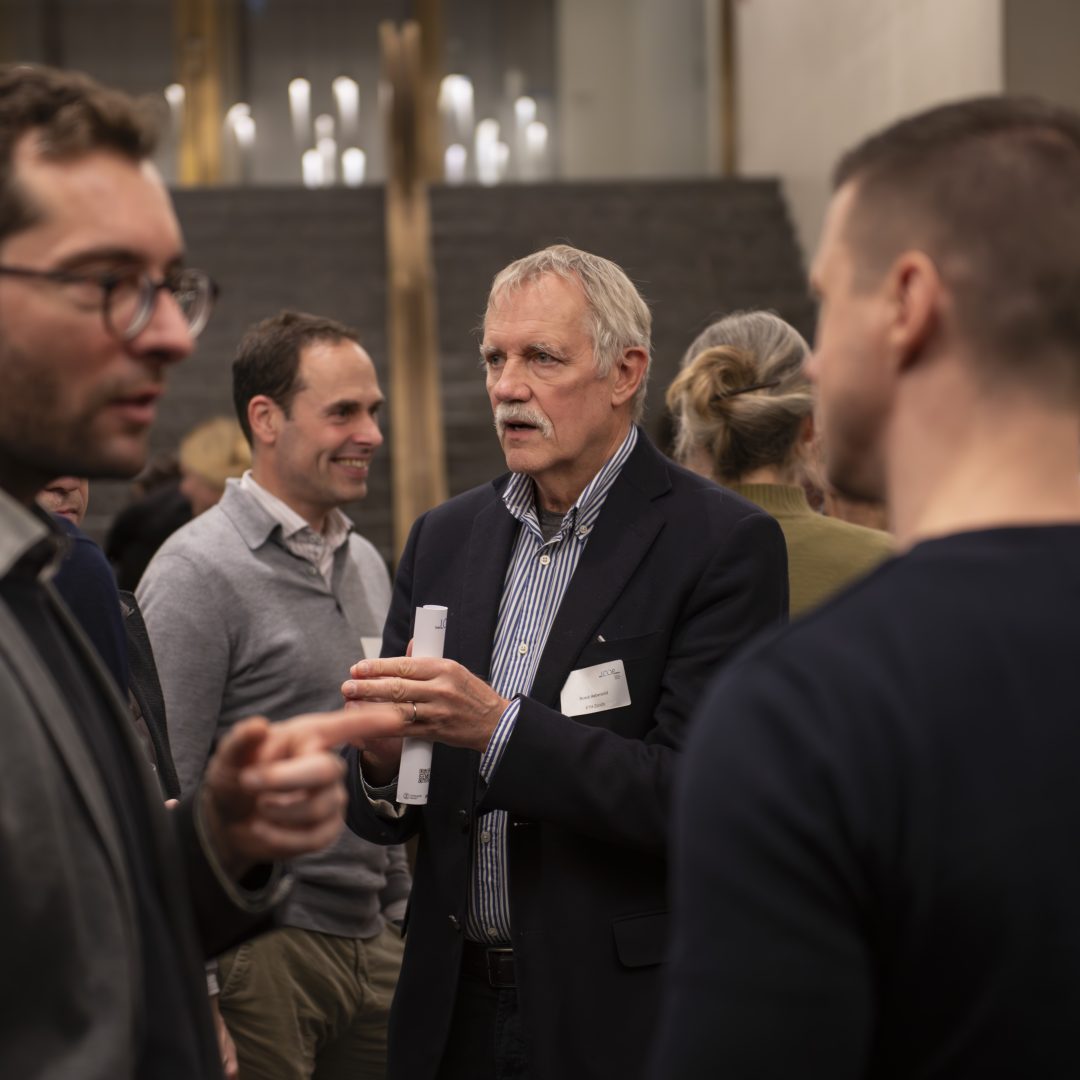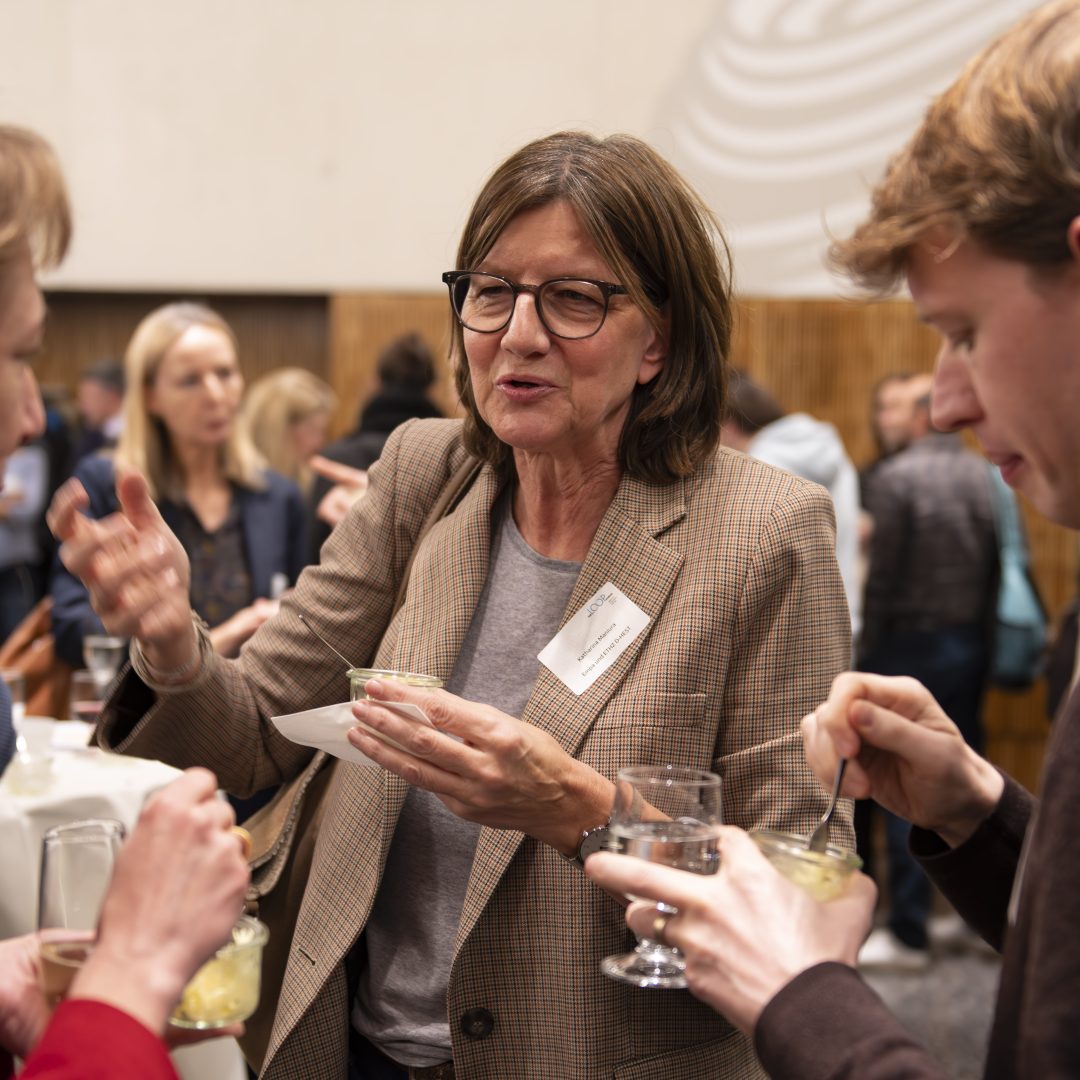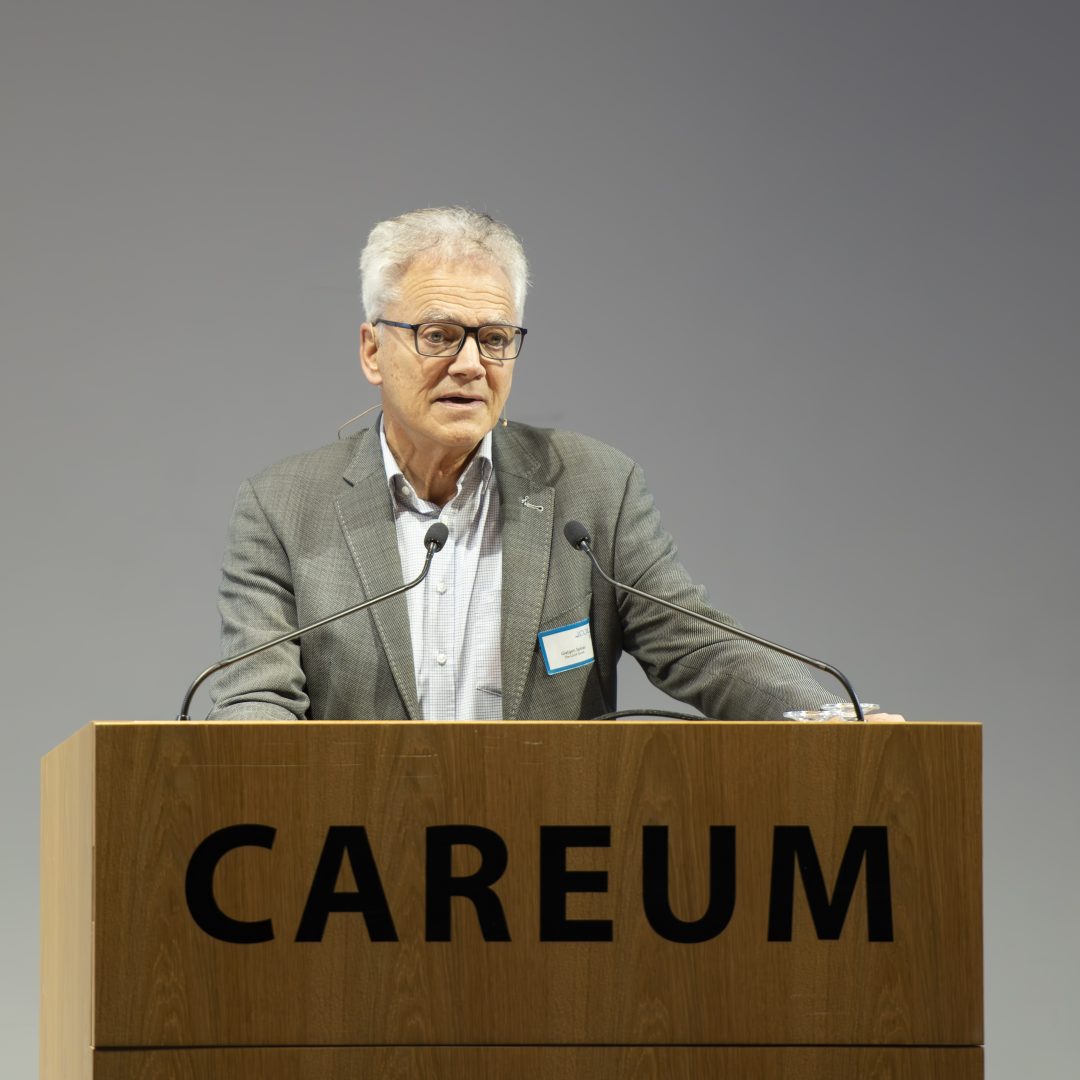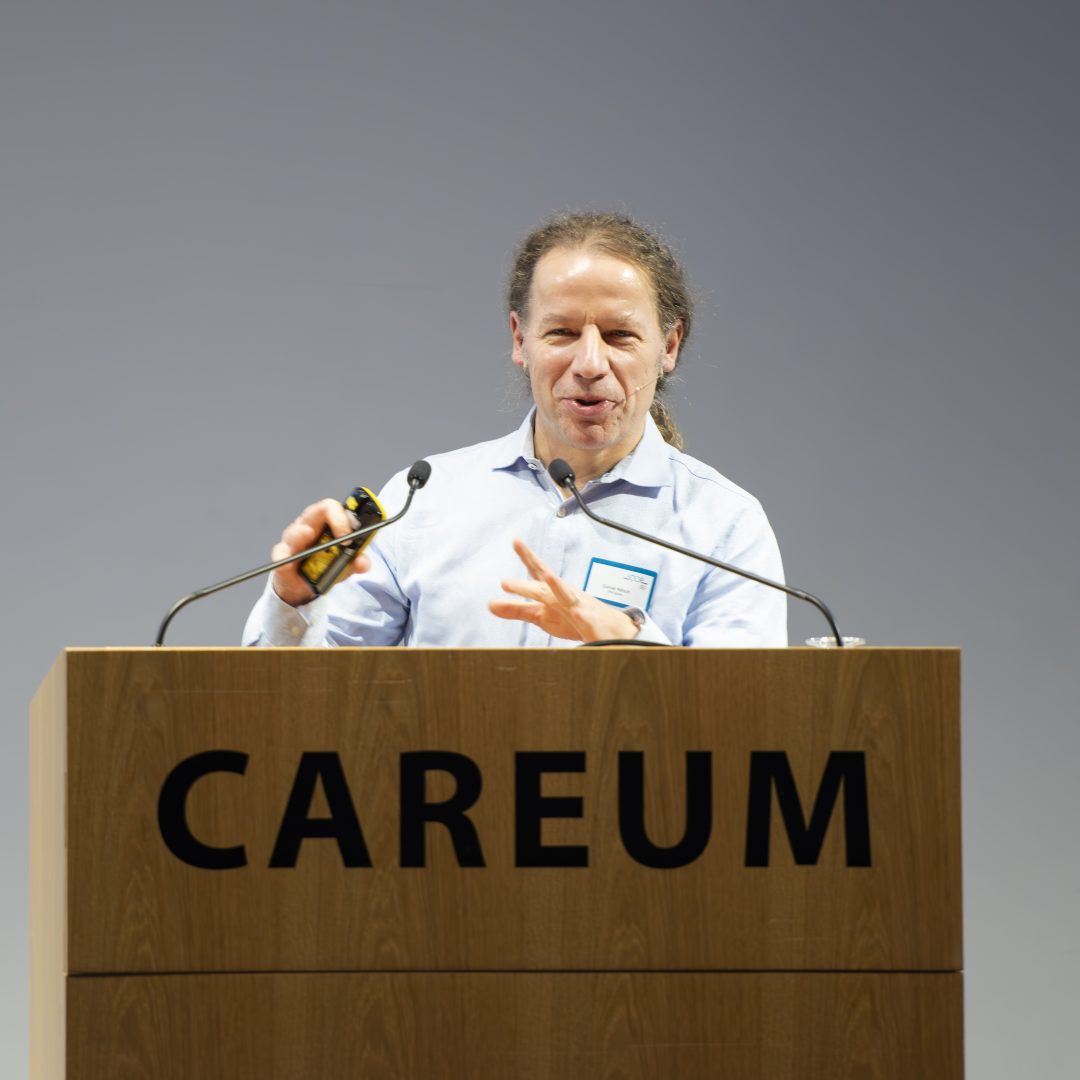
The LOOP Zurich 2023
19.12.2023 17:53
The second annual event hosted by The LOOP Zurich proved to be an enlightening and forward-looking gathering, focusing on the pivotal role of data in shaping the future of medicine. Titled "Daten für die Medizin der Zukunft" (Data for the Medicine of the Future), the event delved into the significance of data as the primary fuel for advancing precision medicine
The evening kicked off with introductory speeches by Beatrice Beck Schimmer and Christian Wolfram, representing the University of Zurich and ETH Zurich, respectively. Both highlighted the importance of excellence in medical research, the relevance of data for advancing precision medicine, and the need for adequate funding for research and development.
Markus Rudin, Founding Director of The LOOP Zurich, then presented an overview of The LOOP Zurich’s ongoing activities with a special focus on the mission for the years ahead. Fabian Theis, our guest speaker from Munich (TU Munich and Helmholtz Munich), provided attendees with an inspiring preview of possibilities of Artificial Intelligence for tackling complex challenges in medical research and practice.
Another highlight was the introduction of The LOOP Zurich Biomedical Informatics Platform (BMIP) by Gunnar Rätsch, professor of bioinformatics at ETH Zurich. This platform was initiated to support research projects across our six partner institutions. The establishment of this platform marks a significant milestone towards achieving a data-driven approach to medicine.
To enhance the potential of the BMIP and demonstrate its applicability in clinical practice and research, The LOOP Zurich launched a call for so-called platform projects in February, and after a thorough evaluation process the two winning projects were announced by Jens Selige, Managing Director of The LOOP Zurich.
Sebastiano Caprara presented the first winning project, “Biomedical Informatics Imaging Platform” (BMI2). BMI2 comprises a consortium of various hospitals, with Caprara working at the University Hospital Balgrist as head of the Digital Medicine Unit. The BMI2 project complements the BMIP database by incorporating radiology, radio-oncology, and pathology imaging datasets. It will demonstrate the utility of this information in specific driver projects, illustrating, for example, the potential for improving diagnostic accuracy.The second project was presented by Marco Bühler, a pathologist at the University Hospital Zurich. Under the name “POLAR,” the consortium aims to gather data from patients with lymphoma, including their medical history, imaging data, protein analysis, pathology, and genetic data. All these data, currently stored in different databases, are intended to be integrated into one single database. This would be the largest dataset worldwide on lymphomas, with the goal of bringing knowledge back to the clinic for patients and contributing to treatment.
The formal part of the evening concluded with a interesting and engaging panel discussion. The panel highlighted the significance of data for the future of medical research from various perspectives. Emanuela Keller, Professor of Neurointensive Care Medicine at UZH and Head Physician of the Neurointensive Care Unit at USZ, described how Artificial Intelligence (AI) could provide decision support in intensive care medicine but also highlighted potential conflicts when AI recommendations diverge from the experiential knowledge of physicians. Gunnar Rätsch, Fabian Theis, and Michael Krauthammer, Professor of Medical Informatics at UZH, explained how modern processing methods could be used for research purposes and discussed the data protection aspects to considerKerstin Vokinger, a legal expert at UZH who also holds a medical degree, addressed the challenges in data-driven medical research associated with data protection. This is particularly relevant in Switzerland with its federal legal system, which includes multiple cantonal data protection laws in addition to federal regulations.
As for the informal part of the evening, a picture is worth a thousand words (and an a good algorithm worth a thousand pictures)



























